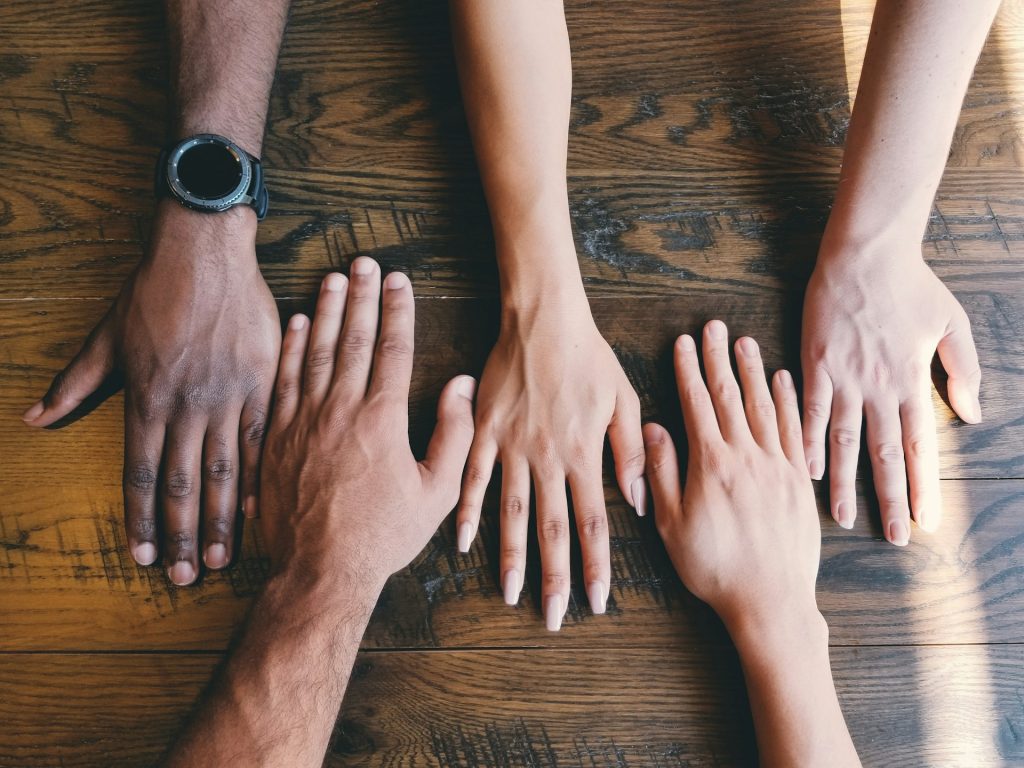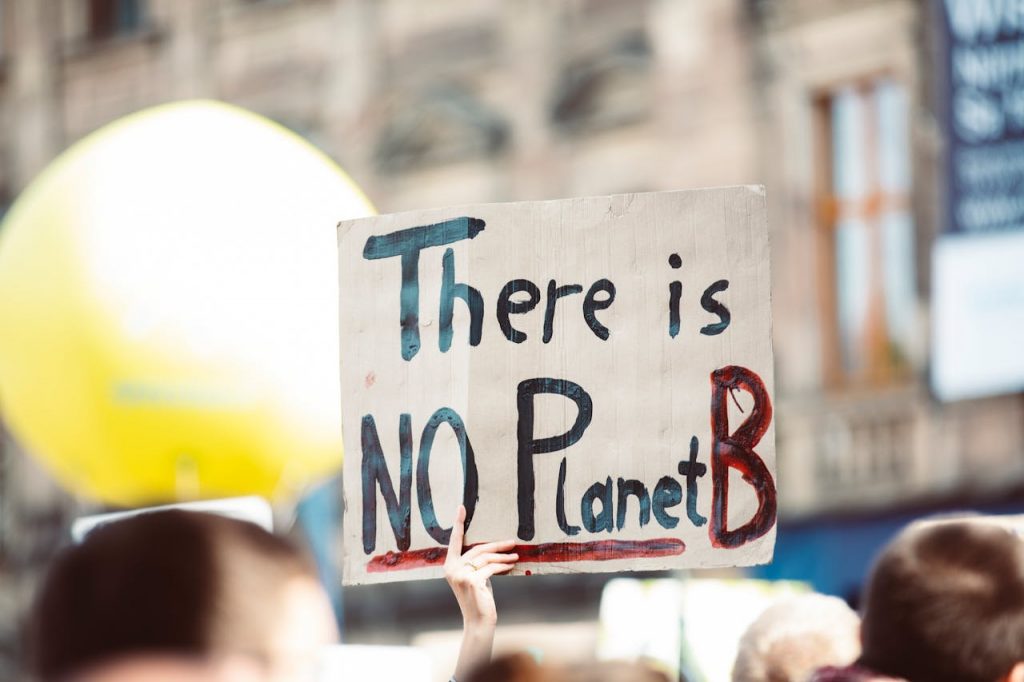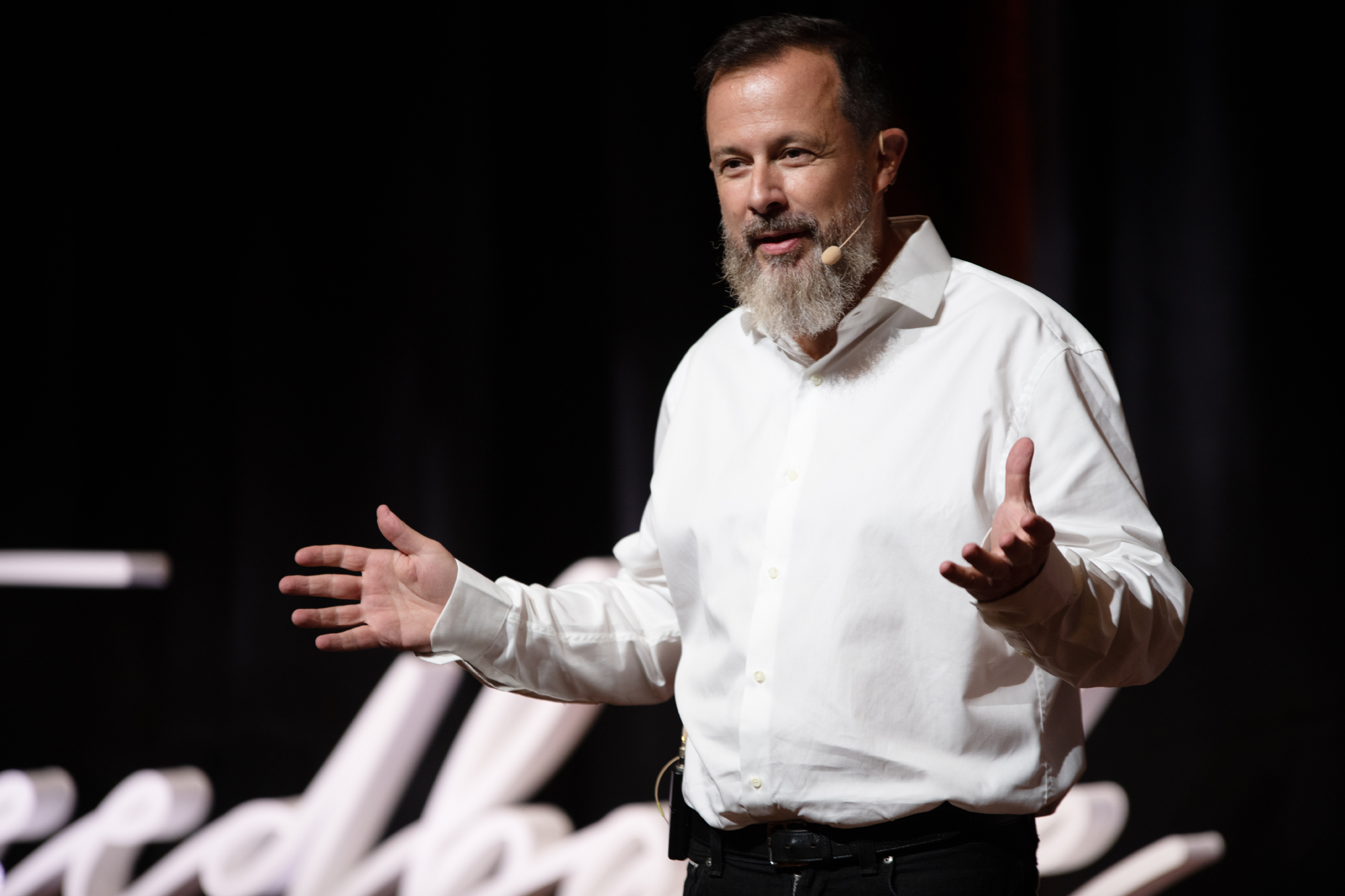Makeba Chamry and Edouard Malbois have co-written a small manual on rituals. A reminder of the extent to which rituals can improve the life of an organization. Summary.
Symbolism to change corporate life. Rituals are generally familiar from societal or anthropological studies. Rituals, however, are also very useful in a professional context. In any case, this is what Edouard Malbois and Maleka Chamry try to demonstrate in their book.
Chamry knows what she’s talking about: in 2019, she founded the Bureau des rituels, the first French agency for corporate ritual design. “Rituals are symbolic acts that mark life’s transitions. In an increasingly disembodied professional context, disrupted by remote work, these special moments have the power to restore meaning to the collective,” the introduction states.
Living with Uncertainty
Generally, when we mention a ritual in a company, we’re actually talking about… a routine! It’s not a disaster, but it overlooks the fact that a routine has a mechanical dimension, while a ritual, with its symbolic nature, is a lived act, “there’s intention and attention.”
According to the authors, rituals teach us one crucial thing: living with uncertainty. Among the seven essential functions of rituals mentioned, we can note:
- Creating the collective: “They harmonize and stabilize communities through symbolic content and meaning generation.”
- Creating order: “They create a specific form of reality by instituting regularity, planning, while maintaining adaptability margins.”
- Creating identification: “They allow the emergence of a new order, establishing a new state, bringing forth a new social reality that seems self-evident.”
- Creating memory and projection: “They synthesize the organization’s memory and its projection towards the future.”
On this last point, an example from Creaform, during an episode of the Vecteur H show, can be cited: the burial ceremony of an end-of-life product! Everyone is dressed in black, speeches are given, and… a coffin is then placed in a hole dug the day before, in front of a wooden tombstone. A very unifying moment that downplays a failure or the end of a company story.
4 Main Types of Rituals
Another insightful lesson: there are different types of rituals. The authors list four:
- Celebration rituals
- Cohesion rituals
- Creation rituals
- Passage rituals
For each organization, it’s essential to clearly identify the expected objectives before establishing a new ritual and see which typology it fits into. Moreover, the book provides some tips for designing rituals or rather the flow of sessions. It requires:
- “A rigorous and scripted ritual protocol that sets the ritual’s intention at its beginning.”
- A defined and regular framework and time.
- Valuing full presence without the constraint of preparation and reporting.
- A specific opening and closing.
- And finally, someone responsible for securing the framework, time, and protocol.
By following these best practices and peppering their culture with these rituals, organizations create what the authors call “an alchemical parenthesis,” a space different from everyday life to foster cohesion and release emotions. Which, in the end, improves performance!
Discover our trainings :





